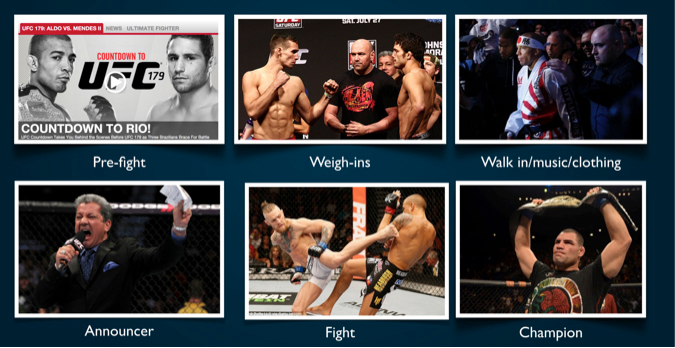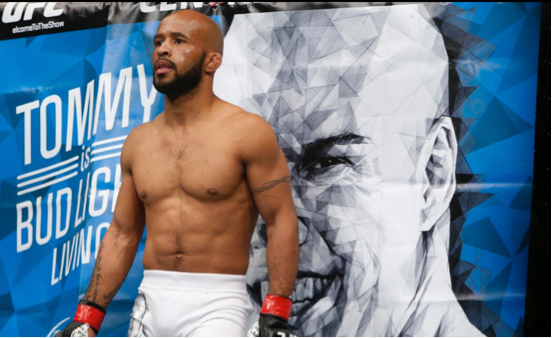Bud Light launched a new platform called "Bud Light Living". The campaign focused on inspiring and rewarding 19- to 34-year-olds striving to experience more out of life. While "living life to the fullest" wasn't a uniquely uncovered insight it was never fully utilized.
Many brands would attempt to inspire it but most were not enabling it. Recognizing how important this audience is for both volume and visibility, the brand and agency Anomaly decided to change the approach.
With Bud Light's vast array of sponsorships, there was an opportunity to utilize partnerships in a new way. The team shifted the mentality from brand visibility to brand integration by delivering money-can't-buy experiences instead of "proud sponsor" messaging.
If wealth was defined by experiences for the target group, Bud Light was going to do everything to make this group filthy rich with experiences. Bud Light's first opportunity to activate against this new direction was with The Ultimate Fighting Championship (UFC).
The primary target was 19- to 29-year-old UFC fans. While there was plenty of research around millennials defining success through their experiences versus monetary gain, no brands were fully utilizing this insight and committing themselves to enabling greater experiences. With Bud Light's hundreds of sponsorships in sports and music it was the agency's opportunity to change the way the brand uses these properties.
Despite the fact that there were only one million UFC fans in the 19- to 25-year-old demographic, the agency knew if it created a big enough experience, the brand could be relevant to both UFC fans and non fans alike simply because the experience was so incredible.
To identify the best UFC experiences, the agency thought like a fan. The actual fight was only one element of what made the UFC experience so incredible: there were also the fighters, personalities, pre-fight hype and VIP parties. If the brand was to truly provide access to all the best things UFC had to offer, it had to elevate the consumer from contest winner to champion status.
The team created a narrative around the Bud Light Living winner, Tommy, becoming a new champion at the UFC leading to the event. Tommy thought he had only won tickets to the fight, but the brand surprised him with an announcement and much more.
To spark immediate conversation,the team kicked it off by having Dana White, the President of the UFC, make an announcement that UFC had signed Tommy as a new fighter, and the brand featured him on the official fighter profile page. It then kept the surprises coming and treated Tommy to more and more outrageous and exclusive experiences that increased in intensity throughout the week, from training with champions, to hot wing eating contests, the whole spectrum of events culminated to an incredible fight night where Tommy was integrated throughout the broadcast( including having his name and face printed on the actual fighter uniforms).
Given the hectic schedule and the quick duration of the fight events the UFC hosts, the brand needed to pull consumers in and engage them into a short-lived story every chance it could get. The team leveraged a variety of influencers including UFC executives, fighters and personalities. From beautiful ring girls to the core announcers, it ensured different entry points for the consumer to engage in the story.
The activation achieved so much success it has now become a global best practice for Anheuser-Busch InBev (ABI) and is considered a communications model for other markets to follow given its widespread impact.
It drove brand preference with 19- to 29-year-old men by 5%, increased top three preference by 35%, increased weekly consumption by 5% and increased "past four week" consumption by 23%. The program also created social conversation around Bud Light Living and the UFC, generating over 88.4 million earned impressions globally.
The program trended in Canada and was picked up in the UK, Japan, Brazil, and the United States. Overall, 80% of all impressions for the program were organic.

